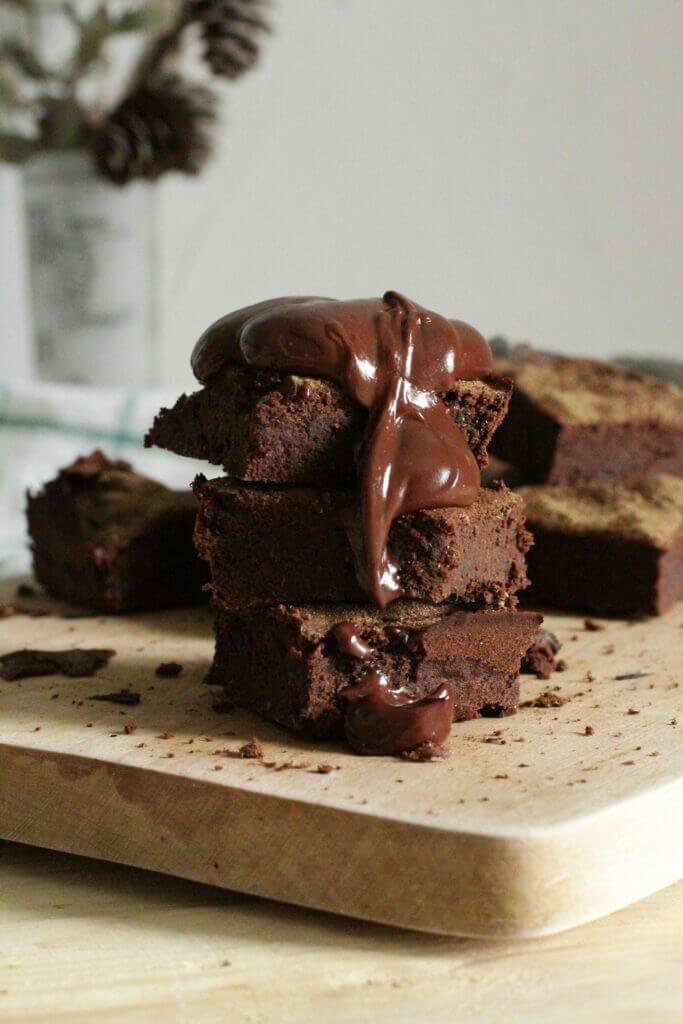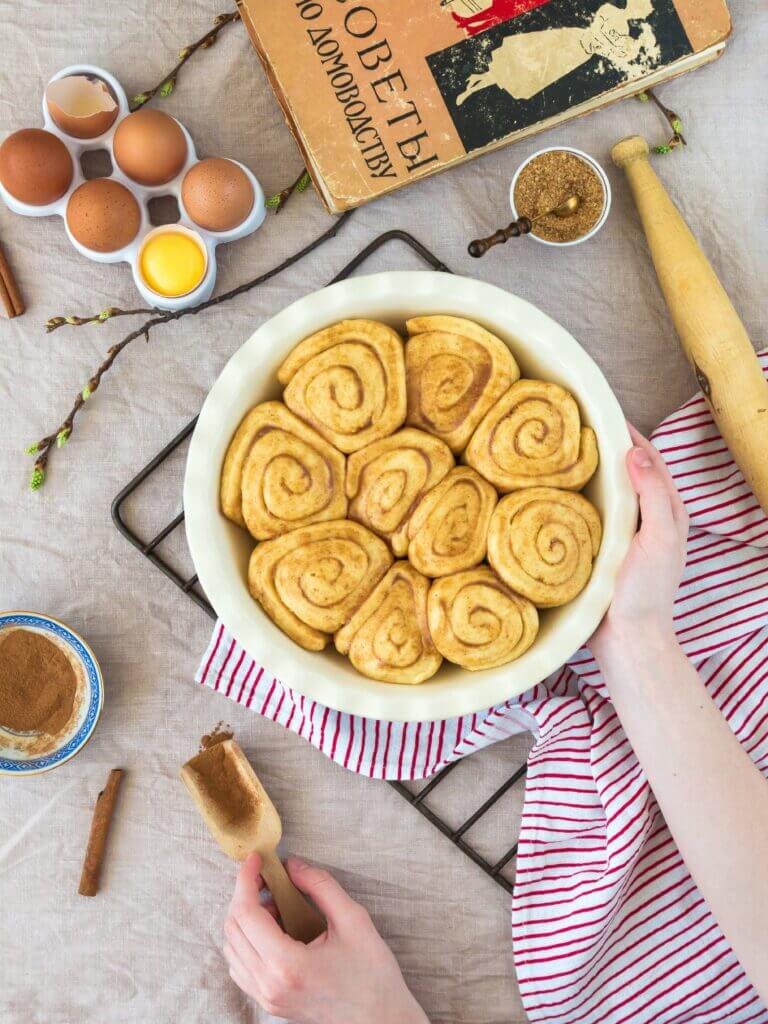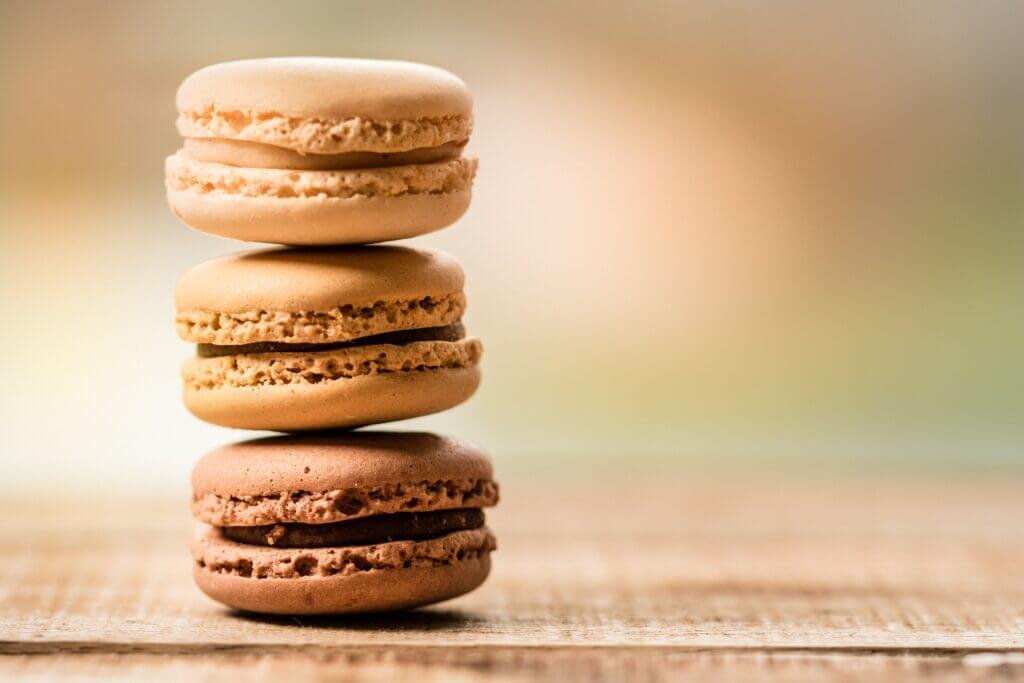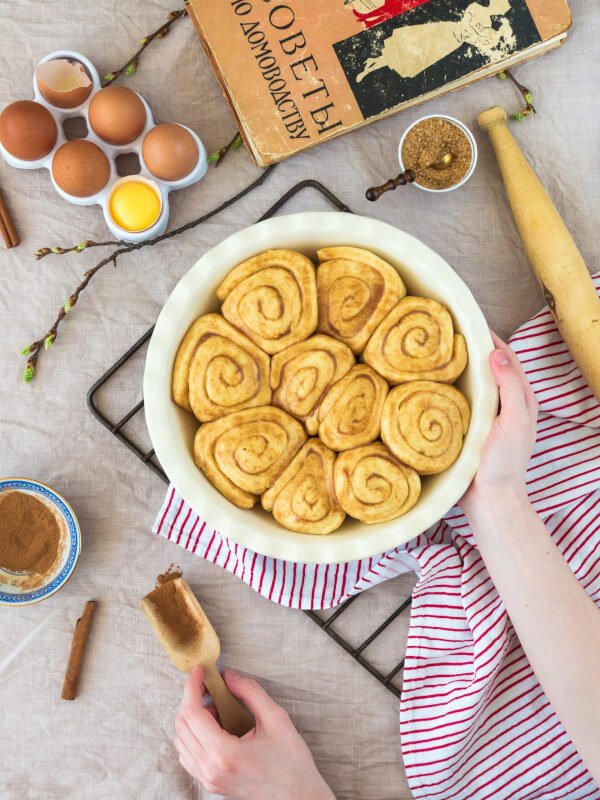If you’ve always dreamt of baking the perfect batch of cookies but have been left disappointed by flat or burnt results, look no further. “The Ultimate Guide to Baking Perfect Cookies” is here to rescue your cookie baking disasters and turn you into a master of the sweet treat. Filled with invaluable tips, expert advice, and foolproof recipes, this guide will take you on a delightful journey towards creating the most delicious and flawless cookies you’ve ever made. Whether you’re a novice baker or a seasoned pro, prepare to embark on a cookie baking adventure that will leave your taste buds craving for more.

Choosing the Right Ingredients
Flour
When it comes to baking cookies, choosing the right flour is crucial. The most commonly used flour for cookies is all-purpose flour because it provides a good balance of protein and gluten. If you want your cookies to have a softer texture, you can use pastry flour or cake flour, which have a lower protein content. On the other hand, if you prefer chewier and denser cookies, bread flour or whole wheat flour can be used. Experimenting with different types of flour can help you achieve the perfect texture for your cookies.
Sugar
Sugar plays a crucial role in cookie baking. It not only adds sweetness but also affects the texture and spread of the cookies. Most cookie recipes call for granulated sugar, which provides structure and helps the cookies spread while baking. If you desire a softer and more tender cookie, you can use brown sugar or a combination of brown and granulated sugar. Brown sugar contains molasses, which gives the cookies a chewier texture. Powdered sugar is excellent for making delicate cookies, such as shortbread.
Butter
Butter is one of the key ingredients in cookies that contributes to their flavor and texture. It is recommended to use unsalted butter in cookie recipes as it allows you to control the amount of salt in your cookies. Make sure to soften the butter at room temperature before using it. Softening butter properly will give the cookies a smoother texture and ensure even distribution of ingredients during mixing. Avoid using melted butter as it can alter the texture and consistency of the dough.
Eggs
Eggs are essential for binding the ingredients together and providing moisture to the dough. They also contribute to the structure and texture of the cookies. Most cookie recipes call for large eggs, but if the recipe specifies a different size, it’s important to follow the instructions. Ensure that the eggs are at room temperature, as cold eggs can cause the butter to solidify and result in an uneven dough. Beating the eggs before adding them to the mix will help incorporate them evenly.
Leavening Agents
Leavening agents, such as baking powder and baking soda, are responsible for the rise and spread of cookies. Baking powder is a combination of baking soda, cream of tartar, and a dry acid, while baking soda is pure sodium bicarbonate. The choice of leavening agent depends on the desired texture of the cookies. Baking powder is typically used when a lighter and cake-like texture is desired, while baking soda is used for cookies that should be denser and chewier. It’s important to use the correct amount of leavening agents specified in the recipe to ensure proper rising and spreading of the cookies.
Understanding Dough Consistency
Importance of Dough Consistency
The consistency of the cookie dough plays a crucial role in determining the final texture and shape of the cookies. The dough consistency affects factors such as the spread of the cookies, their thickness, and whether they turn out chewy or crispy. It is important to understand and achieve the right dough consistency for the type of cookie you desire.
Adjusting Dough Moisture
If your cookie dough is too dry, the cookies may turn out crumbly and lack moisture. To adjust the dough moisture, you can add a small amount of liquid such as milk or water, a teaspoon at a time, until the dough reaches the desired consistency. On the other hand, if the dough is too wet and sticky, you can add a little more flour gradually until it becomes easier to handle. Adjusting the moisture level of the dough can significantly impact the final texture of your cookies.
Using Different Flours
Different types of flour have different moisture-absorbing properties, which can affect the consistency of the dough. For example, whole wheat flour absorbs more moisture than all-purpose flour, so you may need to adjust the amount of liquid accordingly. Similarly, using alternative flours such as almond flour or coconut flour will require tweaks in the moisture level and the overall dough consistency. Experimenting with different flours can yield unique and delicious cookies, so don’t be afraid to try new options.
Dealing with Over-mixed Dough
Over-mixing the dough can result in tough and dense cookies. When you overwork the dough, the proteins in the flour develop too much gluten, making the cookies less tender. To avoid over-mixed dough, you can mix the dry ingredients and wet ingredients just until they are combined. It’s important to stop mixing as soon as the dough comes together to ensure a tender and light texture. Remember, a perfectly mixed dough leads to a perfect batch of cookies.

Measuring Accurately
Weighing vs. Volume Measurements
Accurate measurements are crucial when baking cookies. While some recipes provide measurements in cups and spoons, using a kitchen scale for weighing the ingredients can help ensure consistency and accuracy. Weighing ingredients is especially important for flour, as its density can vary based on how it is packed. Volume measurements may not always yield consistent results, so investing in a kitchen scale can be a game-changer in baking perfect cookies every time.
Using Measuring Cups
When using measuring cups to measure ingredients, make sure to use the correct technique. Scoop the ingredient into the measuring cup and level it off with a straight edge, such as the back of a knife, for dry ingredients like flour and sugar. For ingredients like butter or peanut butter, pack them into the measuring cup firmly, then level it off. Avoid tapping or shaking the cup as it can compress the ingredient and lead to inaccurate measurements.
Using Measuring Spoons
Measuring spoons are used for smaller quantities of ingredients, such as baking powder or vanilla extract. To measure accurately, use the correct-sized spoon and level it off with the back of a knife or a straight edge. It’s important to measure liquids at eye level to ensure accuracy. When measuring sticky ingredients like honey or molasses, lightly grease the spoon or spray it with non-stick cooking spray. This will help the ingredient slide off easily, giving you an accurate measurement.
Leveling Ingredients
When measuring dry ingredients, it’s important to level them off to ensure accuracy. For example, when measuring flour, use a straight edge, such as a knife, to level off the excess flour. Overfilling the measuring cup can lead to an excessive amount of dry ingredients, resulting in cookies with a dense texture. Taking the time to level off your ingredients will help you achieve consistent and precise measurements, leading to perfectly baked cookies.
Mixing Techniques
Creaming Method
The creaming method is a popular mixing technique used in cookie baking. It involves combining softened butter and sugar until they are light and fluffy. Creaming the butter and sugar together creates air pockets, resulting in soft and tender cookies. To cream butter and sugar properly, start by beating the softened butter on medium speed until it becomes pale and creamy. Gradually add the sugar and continue beating until the mixture is light and fluffy.
Melting Method
The melting method is ideal for making cookies with a chewy and fudgy texture. Instead of creaming butter and sugar, the butter is melted and combined with the other ingredients. The melted butter adds moisture and contributes to the chewiness of the cookies. To use the melting method, melt the butter gently, then combine it with the sugar and other wet ingredients. Finally, add the dry ingredients and mix until just combined.
Foaming Method
The foaming method is often used for making light and airy cookies, such as meringue-based ones. In this technique, you beat the eggs and sugar together until they become thick and pale. The air beaten into the eggs creates volume, resulting in cookies with a delicate and soft texture. To use the foaming method, beat the eggs and sugar together until they form a thick and fluffy mixture. Then, fold in the dry ingredients gently until combined.
Rubbing Method
The rubbing method is commonly used for making shortbread cookies and other crumbly cookie varieties. It involves rubbing chilled butter into the dry ingredients until they resemble fine breadcrumbs. This method creates a tender and crumbly texture in the cookies. To use the rubbing method, combine the dry ingredients in a bowl, then add the cold butter. Rub the butter into the dry ingredients using your fingertips until the mixture resembles breadcrumbs. Finally, bring the mixture together to form a dough.
Folding Method
The folding method is used for delicate cookies that require a light and fluffy texture, such as macarons. It involves gently combining dry ingredients with whipped egg whites or melted chocolate. Folding incorporates the ingredients while minimizing the loss of air, resulting in cookies that are light and tender. To use the folding method, start by adding a small amount of the whipped egg whites or melted chocolate to the dry ingredients. Gently fold in the rest of the mixture until just combined.

Tips for Creaming Butter and Sugar
Softening Butter
Properly softened butter is essential for achieving the perfect texture in your cookies. To soften butter, remove it from the refrigerator and let it sit at room temperature for about 30 minutes. The butter should be slightly firm to the touch but easy to indent with your finger. Avoid using melted butter as it can change the texture of the cookies and cause them to spread too much. Softening butter at room temperature allows it to incorporate air more effectively during the creaming process.
Room Temperature Ingredients
Using room temperature ingredients is important when creaming butter and sugar. Cold ingredients can result in uneven mixing and affect the texture of the dough. Make sure to let your eggs and other dairy ingredients like milk or yogurt come to room temperature before using them in your recipe. Room temperature ingredients combine more smoothly with the softened butter, creating a uniform and creamy mixture.
Proper Mixing Time
The length of time you mix the butter and sugar together is crucial for achieving the desired texture in your cookies. Over-mixing can incorporate too much air, resulting in cookies that spread excessively. Under-mixing can lead to dense cookies. Beat the butter and sugar until they are light and fluffy, which usually takes 2 to 3 minutes on medium speed. Stop mixing as soon as the mixture is well combined and has a fluffy texture.
Achieving Light and Fluffy Texture
To achieve a light and fluffy texture in your cookies, make sure the butter and sugar are creamed properly. Creaming incorporates air into the butter, resulting in cookies that are tender and melt-in-your-mouth. Start with softened butter and beat it with the sugar until the mixture becomes light in color and has a fluffy consistency. The final mixture should be smooth, with no visible chunks of butter. Creaming the butter and sugar properly will ensure that your cookies are light, delicious, and perfectly textured.
Adding Mix-ins
Chocolate Chips
Chocolate chips are a classic and beloved addition to cookies. They add a burst of chocolate flavor and a delightful texture to every bite. When adding chocolate chips to your cookie dough, make sure to use high-quality chocolate for the best taste and texture. You can choose from various flavors and sizes, such as milk chocolate, semi-sweet chocolate, dark chocolate, or white chocolate. Fold the chocolate chips into the dough gently, ensuring they are evenly distributed throughout.
Nuts
Nuts can add a satisfying crunch and a layer of depth to your cookies. Common choices include walnuts, pecans, almonds, and macadamia nuts. Before adding nuts to your cookie dough, toast them lightly to enhance their flavor and texture. Chop the nuts into small pieces to ensure they are evenly distributed throughout the dough. This way, every bite will be filled with the wonderful combination of a tender cookie and a crunchy nut.
Dried Fruits
Dried fruits can add a burst of sweetness and chewiness to your cookies. Popular choices include raisins, cranberries, cherries, and apricots. Before adding dried fruits to your cookie dough, rehydrate them by soaking in warm water or juice for a few minutes. This will ensure they are plump and juicy in the baked cookies. Chop the fruits into smaller pieces if desired, then fold them into the dough gently, distributing them evenly for a balanced flavor in each bite.
Candy Pieces
Adding candy pieces to your cookies can create a fun and festive treat. Popular choices include M&M’s, crushed candy canes, or caramel-filled chocolates. The candy pieces can provide bursts of flavor and add a vibrant pop of color to your cookies. For larger candy pieces, such as caramel-filled chocolates, press them into the dough gently before baking. For smaller candy pieces, like M&M’s, fold them into the dough evenly, distributing the candy throughout.
Flavor Extracts
Flavor extracts, such as vanilla, almond, or peppermint, can elevate the taste of your cookies. Adding extracts can add complexity and depth to your baked goods, enhancing their flavor profile. When incorporating flavor extracts into your cookie dough, start with a small amount, as they can be potent. Taste the dough as you go and adjust the amount of extract accordingly. Remember that a little goes a long way, so start conservatively and add more if desired.
Understanding Oven Temperatures
Preheating the Oven
Preheating the oven is an essential step when baking cookies. Preheating ensures that the oven reaches the desired temperature before you put the cookies in. This helps the cookies bake evenly and ensures they are cooked properly. Follow the recipe instructions for the recommended preheating time. Preheating typically takes around 10 to 15 minutes, depending on your oven. It’s important to wait until the oven has reached the desired temperature before placing your cookie dough on the baking sheet.
Calibrating Oven Temperature
To ensure accurate baking results, it’s important to calibrate your oven temperature. Ovens can sometimes have temperature discrepancies, and a few degrees can make a significant difference when baking cookies. An oven thermometer can help you determine if your oven is heating to the correct temperature. To calibrate your oven, place an oven thermometer inside and preheat your oven. Compare the temperature on the oven thermometer to the temperature set on your oven. If there is a difference, adjust the temperature accordingly.
Baking Time
The baking time for cookies depends on the size, thickness, and type of cookie you are making. Follow the recipe instructions for the recommended baking time, but keep an eye on the cookies as they bake. It is important to avoid over-baking, as this can result in dry and crunchy cookies. Under-baking can lead to cookies that are too soft and may fall apart. As a general rule, start checking your cookies a few minutes before the recommended baking time is up to ensure they are baked to your desired level of doneness.
Using a Timer
Using a timer is essential when baking cookies. It helps you keep track of the baking time and prevents the cookies from overcooking. Set a timer as soon as you place the cookies in the oven, and be sure to check the cookies when the timer goes off. Do not rely on visual cues alone, as different oven temperatures and cookie sizes can affect baking times. A timer ensures that your cookies are baked to perfection and come out of the oven at the right moment.
Using Different Baking Sheets
Insulated Baking Sheets
Insulated baking sheets are designed to prevent the bottoms of cookies from browning too quickly. The insulated layer helps distribute heat more evenly, resulting in cookies with an even, golden-brown color. These baking sheets are ideal for cookies that require a shorter baking time or are prone to over-browning on the bottom. When using insulated baking sheets, remember to adjust the baking time accordingly, as they may bake cookies faster than regular baking sheets.
Light-colored Sheets
Light-colored baking sheets are a versatile option for baking cookies. They tend to absorb less heat and distribute it more evenly, resulting in cookies that are baked to perfection without over-browning. The light color of the baking sheet also makes it easier to monitor the cookies’ color as they bake. When using light-colored baking sheets, keep in mind that they may require a slightly longer baking time compared to darker baking sheets.
Dark-colored Sheets
Dark-colored baking sheets are known for their ability to retain and transfer heat quickly. This can result in cookies with a slightly crisper and darker bottom. Dark-colored sheets are ideal for cookies that require a longer baking time or need more browning on the bottom. When using dark-colored sheets, it’s important to keep a close eye on the cookies as they bake to prevent over-browning or burning.
Non-stick Sheets
Non-stick baking sheets are designed to prevent sticking and make it easier to remove cookies from the sheet after baking. They typically have a non-stick coating that allows cookies to slide off effortlessly. Non-stick baking sheets are great for delicate cookies that are prone to sticking, such as macarons or lace cookies. However, it’s still recommended to use parchment paper or silicone mats on non-stick sheets to protect the surface and ensure even baking.
Silicone Mats
Silicone mats are a reusable and non-stick option for baking cookies. They provide a smooth surface for the cookies to bake on and can help prevent burning or sticking. Silicone mats also promote even heat distribution, resulting in cookies that are baked consistently. They are especially useful for cookies that tend to spread or have a sticky dough. Silicone mats are easy to clean and can be used multiple times, making them a cost-effective and eco-friendly choice for baking perfect cookies.
Cooling and Storing Cookies
Cooling on Wire Racks
Once your cookies are baked, it’s important to let them cool properly to achieve the desired texture. Transfer the cookies from the baking sheet to a wire rack as soon as they come out of the oven. Cooling the cookies on a wire rack allows air to circulate around them, preventing them from becoming soggy. It also helps the cookies firm up and set properly. Allow the cookies to cool completely before storing or enjoying them.
Proper Storage Containers
Properly storing cookies will help them stay fresh and maintain their texture for longer. Once the cookies have cooled completely, transfer them to an airtight container with a tight-fitting lid. Make sure the container is clean and dry, as moisture can make the cookies go stale or lose their crispness. Layer parchment paper between the cookies to prevent them from sticking together. Store the container in a cool and dry place, away from direct sunlight.
Avoiding Moisture Absorption
Moisture can be the enemy of perfectly baked cookies, causing them to become soft, stale, or lose their crunch. To prevent moisture absorption, make sure the cookies are completely cooled before storing them in an airtight container. If you live in a humid environment, you can add a piece of bread or a small packet of silica gel to the container to absorb excess moisture. Just make sure the bread or silica gel doesn’t directly touch the cookies.
Freezing Cookies
Freezing cookies can be a convenient way to have freshly baked treats on hand whenever you want. Once the cookies have cooled completely, place them in a freezer-safe container or zip-top bag. If you want to layer the cookies, separate each layer with parchment paper to prevent them from sticking together. Properly frozen cookies can last for several months. To thaw, simply remove the desired amount of cookies from the freezer and let them come to room temperature before enjoying.
Experimenting with Cookie Shapes and Sizes
Scoop Technique
Using a cookie scoop is a popular method for achieving consistent and uniform cookie sizes and shapes. A cookie scoop allows you to scoop the dough into rounded portions of the same size. This technique ensures that all the cookies bake evenly and finish at the same time. Cookie scoops come in various sizes, allowing you to create cookies of different sizes, from bite-sized to jumbo.
Rolling and Cutting
Rolling and cutting cookie dough is a great way to create unique shapes and sizes. This technique is commonly used for sugar cookies and shortbread cookies. Roll out the chilled dough on a lightly floured surface to the desired thickness, then use cookie cutters to cut out shapes. Re-roll and cut the scraps until all the dough is used. This method allows for endless possibilities in creating festive and decorative cookies for special occasions.
Hand-shaped Cookies
Hand-shaping cookies allows for creativity and the ability to personalize each cookie. With this technique, the dough is formed by hand into the desired shape, such as balls, logs, or thumbprints. Hand-shaped cookies often have a rustic charm and can be made in various sizes and thicknesses. This method is great for creating cookies that are unique and stand out from the traditional shapes.
Cookie Press
A cookie press is a mechanical device that allows you to shape and form cookie dough into various designs. The dough is loaded into a press, and when it’s squeezed, it is pushed through a disc with a pattern or shape. This technique is perfect for making cookies with intricate designs or creating a consistent and professional look. Cookie presses often come with multiple discs, giving you the option to experiment with different shapes and patterns.
Using Molds
Using molds is a fun and creative way to mold cookies into various shapes and designs. Cookie molds are typically made of wood, silicon, or plastic and can feature intricate details or holiday-themed designs. The dough is pressed or rolled into the molds, and once removed, the cookies retain the shape and pattern of the mold. This technique is ideal for making decorative and eye-catching cookies that are sure to impress.
By following these tips and techniques, you’ll be well-equipped to bake perfect cookies every time. Remember to experiment, adjust, and have fun in the kitchen. With a little practice and creativity, you’ll become a cookie-baking expert. Happy baking!


